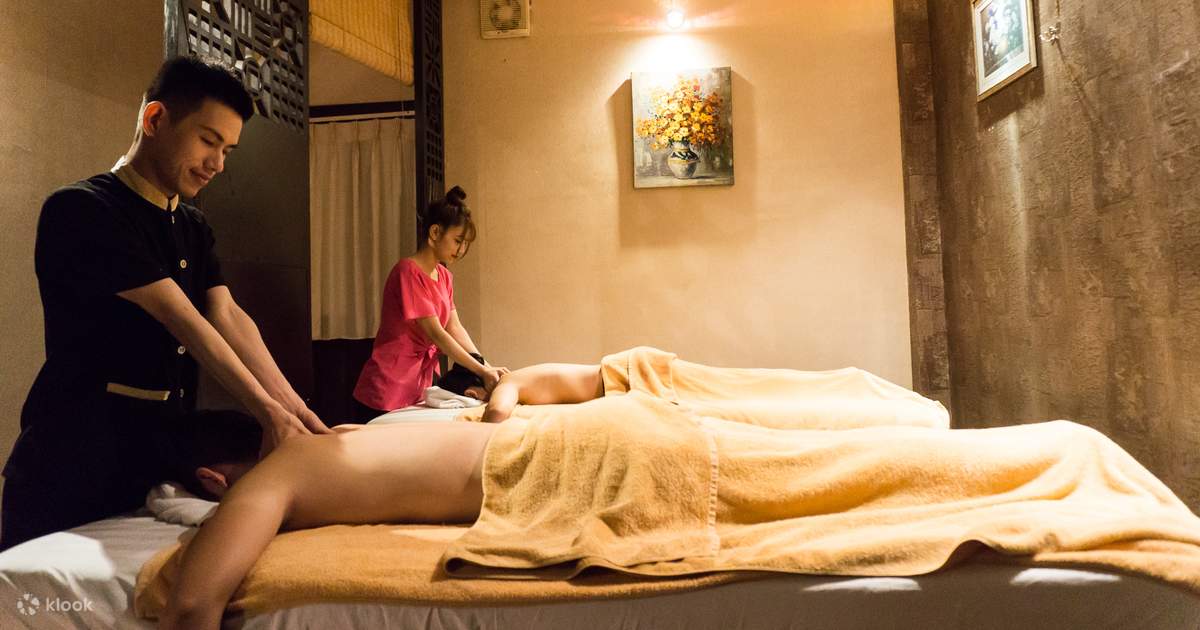Choosing the proper rub can do more than Ho Chi Minh massage (胡志明 按摩) flake out you—it can improve mobility, minimize pressure hormones, and support recovery. This quick guide breaks down common alternatives, when to choose each, and things to ask for therefore you get the most useful effects from your own session.

Begin by identifying your goal. Are you handling tension, eliminating muscle pain, or increasing running performance? Your purpose will establish the pressure, techniques, and treatment size that suit you best.
Strain comfort and better sleep: A Swedish rub is really a stable first choice. It uses extended, flowing shots with mild to medium stress to peaceful the anxious system. Many individuals record decrease observed tension and improved sleep quality following regular sessions. If you are new to massage or choose gentler function, this is a safe starting point.
Muscle knots and chronic pressure: Serious muscle targets the layers of muscle and fascia wherever rigidity builds. It uses slower strokes and organization force to release induce points. Assume slight pain afterward, similar to a workout. Hydrate properly and stretch carefully for another twenty four hours to support recovery.
Table rigidity and headaches: If your shoulders journey up by midday or you get strain complications, concentrate on throat, shoulders, and top back. A therapist can mix myofascial release and trigger-point methods to improve array of motion. Ask for additional time on the scalene, trapezius, and suboccipital areas—popular culprits for desk-related pain.
Athletic performance and healing: Sports rub blends strong assist active stretching. Select it before competition to boost freedom with lighter pressure; guide post-event or on rest times for deeper work that products recovery. Communicate your education load and any tender places so pressure can be adjusted.
Sensitivity or persistent pain: For conditions like fibromyalgia or general sensitivity, contemplate a soft approach such as for instance lymphatic drainage or perhaps a light-pressure peace session. The aim is to cut back irritation and promote circulation without triggering pain. Faster sessions (30–45 minutes) can be more comfortable at first.
Maternity support: Prenatal rub was created for safety and ease during each trimester. Side-lying positioning and particular pads lessen low right back pain, hip rigidity, and swelling. Generally confirm that the psychologist is trained in prenatal techniques.
Allergies and tastes: If you respond to smells, request unscented oils or lotions. For the advantages of heat without strong stress, ask about warm stones to relax areas before hands-on work.
What to inform your psychologist: Reveal your targets, new incidents, operations, and places to avoid. Charge stress throughout the session—&ldquo ;a 6 out of 10 is perfect” is sharper than “medium.” If anything hurts in a sharp or grabbing way , speak up immediately.
How usually to guide: For strain, regular sessions can help. For serious stress or instruction rounds, consider weekly or biweekly until symptoms increase, then taper to maintenance.

Select centered on your aim, communicate clearly, and monitor how you are feeling for 24–48 hours after. Observing less pain, greater rest, or improved freedom indicates you're on the correct track. If not , modify stress, practices, or period period next time.
